Myths From:
Putting Down Roots in Earthquake Country
![]()
Big Earthquakes Always Happen in the Early Morning
This myth may be so common because we want it to be true. Several recent damaging earthquakes have been in the early morning, so many people believe that all big earthquakes happen then. In fact, earthquakes occur at all times of day. The 1933 Long Beach earthquake was at 5:54 pm and the 1940 Imperial Valley event was at 8:37 pm. More recently, the 1992 Joshua Tree earthquake was at 9:50 pm and the 2003 San Simeon event was at 11:15 am. It is easy to notice the earthquakes that fit the pattern and forget the ones that don’t.
![]()
Beachfront Property in Arizona
The idea of California falling into the ocean has had an enduring appeal to those envious of life in the Golden State. Of course, the ocean is not a great hole into which California can fall, but it is itself land at a somewhat lower elevation with water above it. The motion of plates will not make California sink — western California is moving horizontally along the San Andreas fault and up around the Transverse Ranges.
![]()
A popular literary device is a fault that opens during an earthquake to swallow up an annoying character. But unfortunately for principled writers, gaping faults exist only in novels. The ground moves across a fault during an earthquake, not away from it. If the fault could open, there would be no friction. Without friction, there would be no earthquake.
![]()
We Have Good Building Codes So We Must Have Good Buildings
The best building codes in the world do nothing for buildings built before that code was enacted. While the codes have been updated, the older buildings are still in place. Fixing problems in older buildings —retrofitting— is the responsibility of the building’s owner.
![]()
An enduring earthquake image of California is a collapsed adobe home with the door frame as the only standing part. From this came our belief that a doorway is the safest place to be during an earthquake. True—if you live in an old, unreinforced adobe house. In modern houses, doorways are no stronger than any other part of the house. You are safer under a table.
![]()
Everyone Will Panic During the Big One
A common belief is that people always panic and run around madly during and after earthquakes, creating more danger for themselves and others. Actually, research shows that people usually take protective actions and help others both during and after the shaking. Most people don’t get too shaken up about being shaken up!
![]()
It’s Hot and Dry – Earthquake Weather
Many people believe that earthquakes are more common in certain kinds of weather. In fact, no correlation with weather has been found. Earthquakes begin many kilometers (miles) below the region affected by surface weather. People tend to notice earthquakes that fit the pattern and forget the ones that don’t. Also, every region of the world has a story about earthquake weather, but the type of weather is whatever they had for their most memorable earthquake.
Additional Earthquake Myths
Earthquakes only occur on the West Coast
Earthquakes can strike any location at any time. But history shows they occur in the same general patterns over time, principally in three large zones of the earth. The world’s greatest earthquake zone, the circum-Pacific seismic belt, is found along the rim of the Pacific Ocean, where about 81 percent of the world’s largest earthquakes occur. That belt extends from Chile, northward along the South American coast through Central America, Mexico, the West Coast of the United States, the southern part of Alaska, through the Aleutian Islands to Japan, the Philippine Islands, New Guinea, the island groups of the Southwest Pacific, and to New Zealand. The second important belt, the Alpide, extends from Java to Sumatra through the Himalayas, the Mediterranean, and out into the Atlantic. This belt accounts for about 17 percent of the world’s largest earthquakes, including some of the most destructive. The third prominent belt follows the submerged mid-Atlantic ridge. The remaining shocks are scattered in various areas of the world.
Earthquakes in these prominent seismic zones are taken for granted, but damaging shocks occur occasionally outside these areas. Examples in the United States are New Madrid, Missouri, and Charleston, South Carolina. Many decades to centuries, however, usually elapse between such destructive shocks.
The 1906 San Francisco earthquake was the deadliest ever
Though well known, the magnitude 7.8 San Francisco earthquake and ensuring fire killed 3,000 and razed large sections of the city. It was the most deadly in U.S. history, but that doesn’t make it the worst the world has seen, by far. The deadliest earthquake in recorded history struck Shensi province in China in 1556, killing about 830,000 people. The 1976 magnitude 7.8 earthquake which struck Tangshan, China killed somewhere between 250,000 and 800,000 people. In 2003, the magnitude 6.5 earthquake in Bam, Iran killed more than 40,000 people. The earthquake in Chile on May 22, 1960, is the strongest in the world with magnitude 9.5, and killed more than 4,000. For the record, the largest U.S. earthquake occurred on March 28, 1964, in Alaska. It was a magnitude 9.2 quake and took 131 lives.
We can cause earthquakes, nuclear explosions can start earthquakes
Earthquakes induced by human activity have been documented in a few locations in the United States, Japan, and Canada. The cause was injection of fluids into deep wells for waste disposal and secondary recovery of oil, and the use of reservoirs for water supplies. Most of these earthquakes were minor.
The largest and most widely known resulted from fluid injection at the Rocky Mountain Arsenal near Denver, Colorado. In 1967, an earthquake of magnitude 5.5 followed a series of smaller earthquakes.
Other human activities, even nuclear detonations, have not been linked to earthquake activity. Energy from nuclear blasts dissipates quickly along the Earth’s surface. Earthquakes are part of a global tectonic process that generally occurs well beyond the influence or control of humans. The focus (point of origin) of earthquakes is typically tens to hundreds of miles underground. The scale and force necessary to produce earthquakes are well beyond our daily lives. We cannot prevent earthquakes; however, we can significantly mitigate their effects by identifying hazards, building safer structures, and providing education on earthquake safety.
Scientists agree that even large nuclear explosions have little effect on seismicity outside the area of the blast itself. Around the blast area the explosions do trigger small aftershock events, however these earthquakes are smaller than the explosion itself. The largest underground thermonuclear tests conducted by the United States were detonated in Amchitka at the western end of the Aleutian Islands, and the largest of these was the 5 megaton test code-named Cannikin that occurred on November 6, 1971 that did not trigger any earthquakes in the seismically active Aleutian Islands. On January 19, 1968, a thermonuclear test, code-named Faultless, took place in central Nevada. The code-name turned out to be a poor choice because a fresh fault rupture some 4,000 feet long was produced. Seismograph records showed that the seismic waves produced by the fault movement were much less energetic than those produced directly by the nuclear explosion. Locally, there were some minor earthquakes surrounding the blasts that released small amounts of energy. Scientists looked at the rate of earthquake occurrence in northern California, not far from the test site, at the times of the tests and found nothing to connect the testing with earthquakes in the area.
We cannot prevent earthquakes from happening (or stop them once they’ve started). However, we can significantly mitigate their effects by characterizing the hazard (e.g., identifying earthquake faults, unconsolidated sediment likely to amplify earthquake waves, and unstable land prone to sliding or liquefying during strong shaking), building safer structures, and preparing in advance by taking preventative measures and knowing how to respond.
Earthquake prediction is the holy grail for earthquake scientists, but there currently is no accepted method to accomplish the goal of predicting the time, place and magnitude of an impending quake. Research into earthquake prediction continues. However, the USGS approach has been to focus on providing long-range forecasts of the likelihood locations and impacts of damaging earthquakes. For example, scientists estimate that over the next 30 years the probability of a major EQ occurring in the San Francisco Bay area is 62% and 60% in Southern California. Scientists are also able to predict the type of ground motion to expect based on the geology and the history of earthquake activity of the region. Engineers and building code developers use these models of site response to improve the safety of structures, thereby reducing the ultimate earthquake risk.
Animals can predict earthquakes
Changes in animal behavior cannot be used to predict earthquakes. Even though there have been documented cases of unusual animal behavior prior to earthquakes, a reproducible connection between a specific behavior and the occurrence of an earthquake has not been made. Because of their finely tuned senses, animals can often feel the earthquake at its earliest stages before the humans around it can.
This feeds the myth that the animal knew the earthquake was coming. But animals also change their behavior for many reasons, and given that an earthquake can shake millions of people, it is likely that a few of their pets will, by chance, be acting strangely before an earthquake.
The position of the moon or the planets affect seismicity
The moon, sun, and other planets have an influence on the earth in the form of perturbations to the gravitational field. The relative amount of influence is proportional to the objects mass, and inversely proportional to the square of its distance from the earth. No significant correlations have been identified between the rate of earthquake occurrence and the semi-diurnal tides when using large earthquake catalogs. There have, however, been some small but significant correlations reported between the semi-diurnal tides and the rate of occurrence of aftershocks in some volcanic regions, such as Mammoth Lakes.
While the same physical properties that cause earthquakes cause volcanoes, earthquakes themselves are not the cause of volcanoes. Earthquakes may occur in an area before, during, and after a volcanic eruption, but they are the result of the active forces connected with the eruption, and not the cause of volcanic activity.





